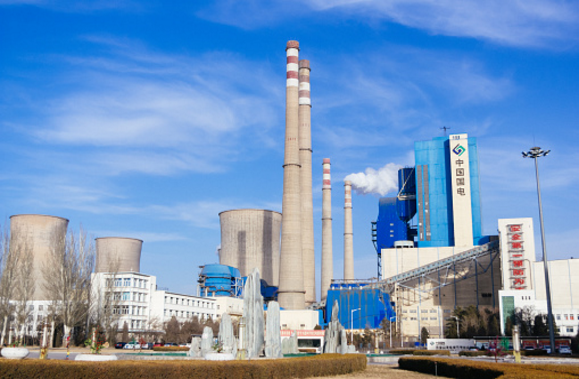
By 2035, Asia is projected to be home to the largest population of middle-class consumers in the world. Meeting the needs of several billion people in the region will require more of everything—energy, water, food, etc. As part of our shared global ecosystem, there is strong interdependence between what happens in Asia and the rest of the world. The pathways Asian decision-makers choose to achieve energy, water, and food security will ultimately determine if we can shift the world to a sustainable track for future generations.
Access to clean, reliable, and affordable electricity is key to fueling economic growth and prosperity throughout Asia, but that simple statement reflects a remarkably complex challenge. The region comprises a diverse mix of countries that share some common attributes, but each has a unique set of local conditions: e.g. population demographic, geography, natural resources, climate, and economic structure.
Looking specifically at the electricity sectors in these countries, the underlying infrastructures are at different levels of maturity, and each one is undergoing sector transformation in response to different drivers, including the burgeoning middle class and the global bid to transition to a low-carbon economy. Meeting growing energy demand while reducing energy-related environmental impacts implies a massive transformation. Achieving these development and climate goals requires significant investments—and quickly.
The Edison Electric Institute (EEI) published a casebook “Financing Asia’s Electricity Sector 2035: Making It Happen” at the 2016 Singapore International Energy Week, which captures the most current informed thinking, experience, and perspectives about the challenges, intricacies, and opportunities associated with financing Asia’s electricity sector across the following four sections:
- “The Big Picture: Energy in Asia and the World” probes the current state and future outlook for energy in Asia, emphasising the reality that how Asia meets growing demand will determine whether the global aims of the COP21 Paris Agreement can be achieved. The chapter also explores bold visions and provide critical insights on the role of innovation in steering a clean energy transition for Asia’s electric power industry regionally, nationally, and at the electric company level.
- “A Clean Energy Future for Asia” focuses on the importance of maintaining a balanced energy mix in Asia’s energy future. The contributions examine different future scenarios that involve both renewable and conventional generation, as well as a hybrid mix of centralised and decentralised power supply systems. The geopolitical dimensions of achieving energy security are discussed within the context of the Asia-Pacific region.
- “A Clean Energy Future for Asia” focuses on the importance of maintaining a balanced energy mix in Asia’s energy future. The contributions examine different future scenarios that involve both renewable and conventional generation, as well as a hybrid mix of centralised and decentralised power supply systems. The geopolitical dimensions of achieving energy security are discussed within the context of the Asia-Pacific region.
- “Electric Power Industry Reform: Attracting and Sustaining Investment” drives home the point that the lack of sound, realistic energy policies and stable regulatory regimes has been a major impediment to financing energy infrastructure, not only in Asia but around the world. In response, various governments have attempted to undertake different reforms. This section brings together perspectives, including lessons learned, on electric power industry reforms in India, Japan, and the Philippines, as well as at the regional level.
- “Pathways to Capitalizing Asia's Electricity Infrastructure” explores different mechanisms and instruments to access and leverage capital for investment in electricity. Leading international and regional financial institutions put forth multiple options available to governments, energy companies, and project developers.
By : Edison Electric Institute